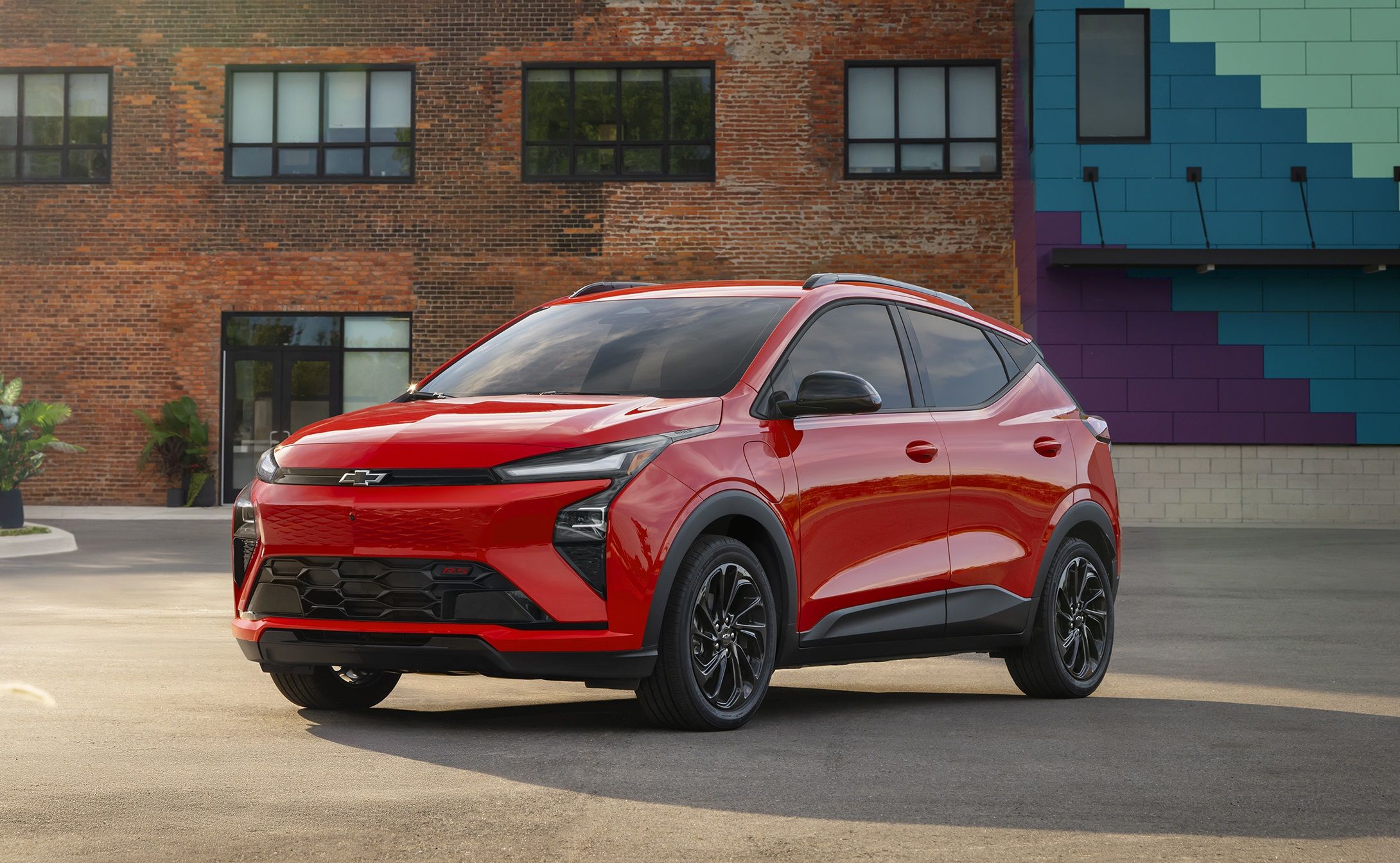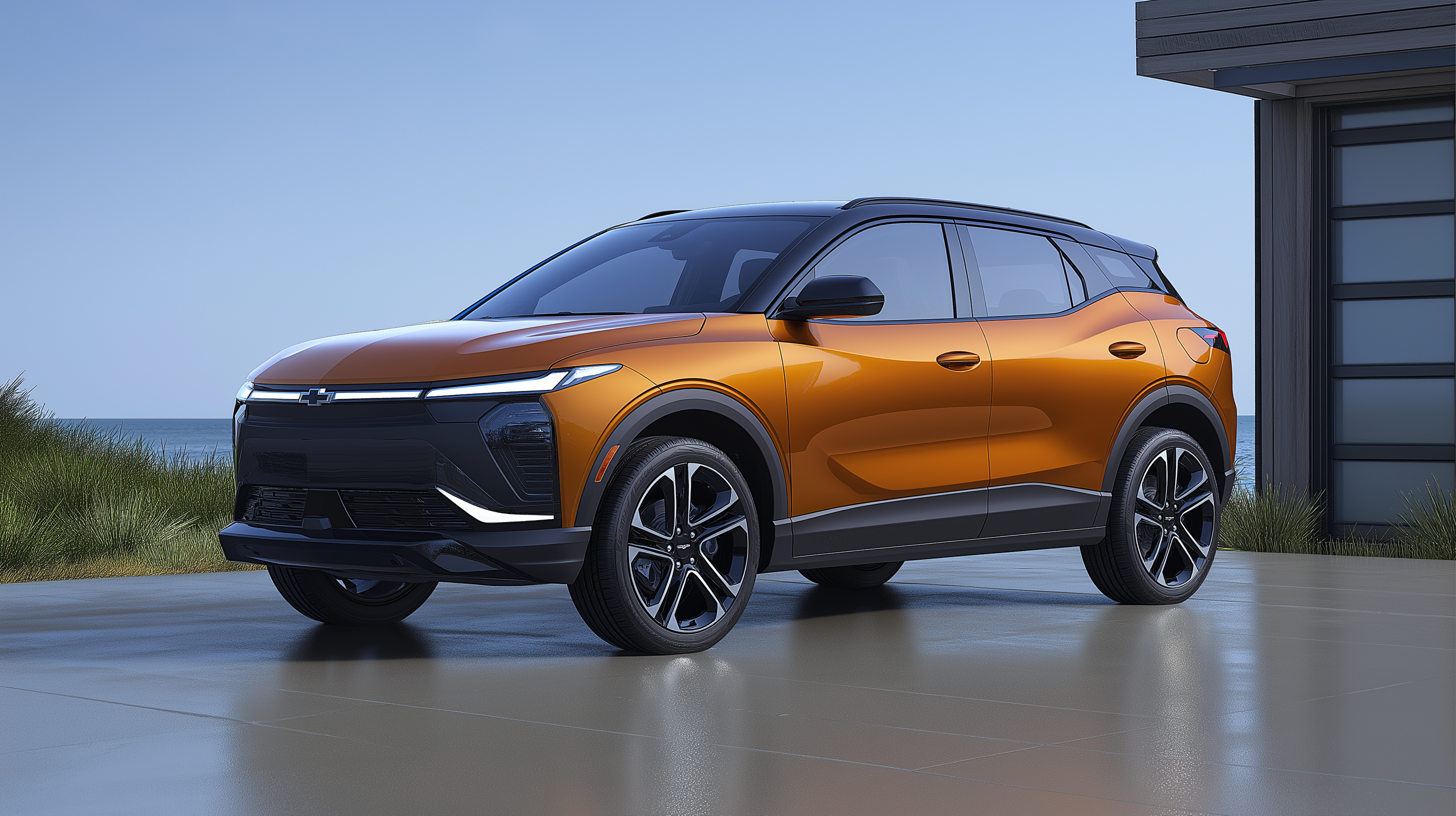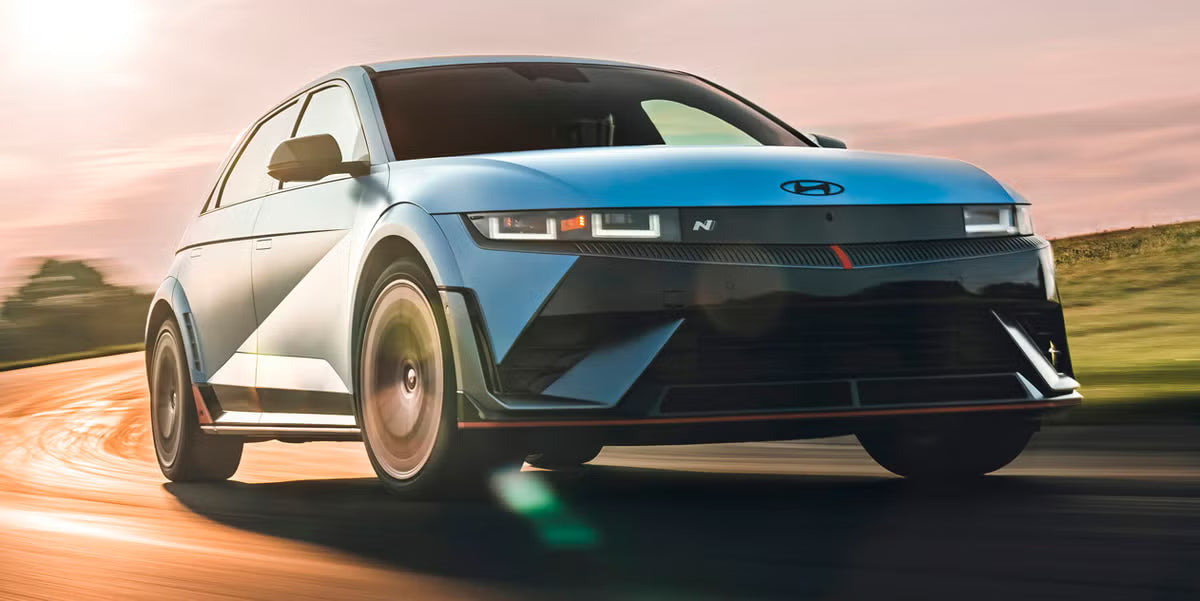Opinion
In a move that may signal the twilight of one of the world’s most beloved driver’s cars, Mazda has filed a new U.S. patent that appears to show plans for an electric two-seat sports car with unmistakable MX-5 proportions. If confirmed, this could mark the beginning of the end for the iconic Mazda MX-5 Miata as we know it.
The patent, dated November 5, 2024, was unearthed on the United States Patent and Trademark Office website by CarsGuide. While the document never explicitly mentions "MX-5" or "Miata," the diagrams and layout leave little doubt—this is a compact, two-door sports car, built around a driver-centric configuration and optimized for handling balance. In other words, it's very likely an electric MX-5.
Wait—Wasn't the Next MX-5 Supposed to Stay Petrol?
That’s what we were told. Just weeks ago, Mazda’s Chief Technical Officer Ryuichi Umeshita assured Road & Track that the upcoming fifth-generation MX-5—known internally as the NE—would remain a petrol-powered sports car.
Umeshita said the vehicle would be powered by a 2.5-liter four-cylinder Skyactiv Z engine, designed to comply with U.S. and EU emissions regulations. More importantly for purists, he promised a manual transmission—not as a nostalgic gimmick, but as a key to delivering the Jinba Ittai experience, that oneness between car and driver that the MX-5 has long championed.
“Manual transmission has the direct feeling, the sense of Jinba Ittai,” Umeshita explained. “It is key for the package, at least for the MX-5.”
So Has Mazda Changed Its Mind?
That’s the million-dollar question. The patent describes a battery layout designed to preserve vehicle balance and agility, the sort of thing you’d only need to worry about in a car where handling is everything—like the MX-5.
If you’re still holding out hope that this might be a different model entirely, you’re not alone. One possibility is that the diagrams relate to the Mazda Iconic SP, a concept revealed in 2023 as a potential rotary-powered hybrid sports car.
But the similarities in size and proportions are impossible to ignore.
The Problem With an Electric MX-5
Let’s be clear: Electrifying the MX-5 wouldn’t just be a technological shift—it would be a philosophical betrayal. The MX-5 isn’t a car built for outright power or raw acceleration. It’s about engagement, purity, and joy. It's about the clutch pedal, the gearbox snick, the rear-wheel-drive balance.
Electric cars can outperform gas ones in nearly every metric—except for feel. That undefinable connection between man and machine is hard to engineer into a system dominated by instant torque and regenerative braking.
Removing the internal combustion engine from the MX-5 would be like removing the crunch from Barbecue Shapes. It might look the same, but it just wouldn’t taste right.
EVs Are Inevitable—But Should They Start With the MX-5?
Mazda has been one of the last major automakers to fully embrace electrification. It has doubled down on combustion, even reintroducing rotary engines in hybrid platforms. So why start the EV shift with the MX-5, of all models—the brand's spiritual flagbearer?
The business case may soon force Mazda’s hand. As emissions regulations grow stricter, it could become impossible to legally sell a petrol-only MX-5 in certain markets. A lightweight EV version might be the only way to keep the nameplate alive—even if it’s in name only.
There’s Still Hope
Despite the doom-and-gloom outlook, all is not yet lost. The NE-generation MX-5—set to arrive around 2026 or 2027—is still expected to feature that 2.5-liter petrol engine, possibly with more grunt than the current ND's 135kW/205Nm output. It could very well be the greatest MX-5 ever made—and sadly, possibly the last one powered by gasoline.
And while this patent has stirred up anxiety among enthusiasts, it may yet refer to an entirely different sports car project. If Mazda plans to spin off a new EV sports model, separate from the MX-5’s legacy, that would be a much more palatable transition.
Enthusiasts Hold the Future in Their Hands
The real danger is not the patent, or even the electric drivetrain—it’s indifference. The MX-5 has always been a low-volume seller, propped up by a loyal but niche customer base. If that base fades, Mazda could have little incentive to keep the model alive in any form.
So the best hope? Buy the next MX-5. Celebrate it. Share it. Keep the spirit alive—on the roads and in the conversation.
Final Thoughts
Electric vehicles have their place—and that place might even include fun, affordable sports cars someday. But today’s Mazda MX-5 is more than a car; it’s an experience. One that begins with a key twist, a heel-toe downshift, and a winding country road.
Let’s hope that experience isn’t about to be unplugged.
See more blogs and news about Mazda on EVDANCE official website.








Share:
Tesla Faces Mounting Cybertruck Inventory Amid Sluggish Demand
Governor Phil Scott Pauses Electric Vehicle Sales Requirements in Vermont